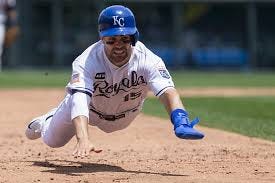The Triple
When I was growing up, it was widely understood that the triple is the most exciting play in baseball. That was one of those things people said all the time, often in conversations that had nothing at all to do with baseball.
"Hey, so what do you think of this Abscam thing?"
"Dunno. But man, the triple is the most exciting play in baseball."
Later, I used …


